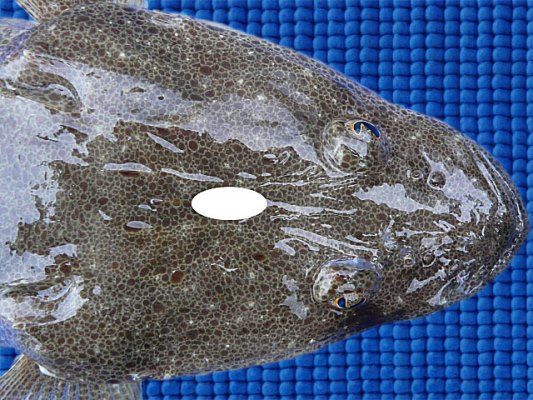Latest News
Who or what is Iki jime? A quick and humane way to dispatch fish
Thursday, 3 July 2014
Have you been into a Japanese restaurant and noticed the incredible attention to detail that goes into each dish?
Perfect bite-sized sushi rolls filled with vegetables and salmon. Small rectangles of rice with a piece of raw tuna delicately draped on top. This level of care extends well beyond the presentation however. It includes how the fish is caught, killed and stored. So maybe raw fish sashimi isn’t your thing and you prefer your fish after they have visited a fry pan or BBQ. The Japanese technique of Iki jime can still dramatically improve the eating and keeping qualities of our Aussie fish.
Iki jime, pronounced “icky Jimmy”, is a method for inserting a metal object into the fish’s brain, killing it instantly. OK, so it sounds a little gruesome. But if done correctly it is very quick and effective. The fins will stand up and then the fish will go completely limp. It is much more humane than letting a fish suffocate in a bucket or in the bottom of a boat. Ethics aside, the fish will taste much sweeter, as a fish that flaps around produces lactic acid which in turn makes the flesh taste sour. Lactic acid also reduces the length of time the fillets will last in the fridge.
The tool can be a screw driver, a sharp narrow knife, a specialised Iki jime spike or even an ‘Iki-gun’. Fish have a brain the size of a pea, or so the saying goes, so knowing where the brain is located is very important. To find out, head to the website www.ikijime.com. There you can see colour photos and X-rays of the most common freshwater, estuary and offshore species. Better still, download the app for your smart phone and carry all the images with you on the bank or in the boat. Each picture, like the flathead shown here, has a clear indicator of where to insert the spike.
For pelagic fish that need to be bled such as tuna, salmon, tailor and bonito, insert the spike according to the picture, wiggle it around and then cut the main artery through the neck with a knife. In 2014, letting a fish gasp and bleed to death without first spiking it isn’t really acceptable.
Many anglers use the tried and tested, break-the-neck technique. This severs the main artery and spine, bleeding the fish and killing it instantly. To do this, turn the fish upside down and insert your thumb and first finger under the gills. While holding the belly with your other hand, pull the head firmly backwards until it nearly touches the fish’s back. While this works well for some smaller fish, say under two kilograms, the amount of force required for larger fish will be beyond most people. You also need to be very careful of fish that have sharp gill plates or rakers. A swift blow to the head with a wooden club, affectionately known as a priest, is an alternative but judging by the anglers I’ve seen have several whacks at one hapless fish, it may be less reliable. After a few weeks trialling the technique, I reckon Iki jime might be the best and safest option of them all.
Regardless of how you dispatch a fish, it is critical to get it on ice as quickly as possible. An esky with two parts ice and one part water from where you caught the fish is ideal. Placing a fish into an ice slurry without stunning or killing it first isn’t a particularly good option for the NSW South Coast and inland waterways. Our cold-tolerant fish will suffer slowly and may splash about – see lactic acid.
So there you have it, Iki jime, hard to spell, easy to do, quick and humane. Impress your friends with your very own sashimi or just enjoy the best tasting fish and chips you’ve ever had.
Graham Fifield and Hamish Webb
Flickandflyjournal.com



